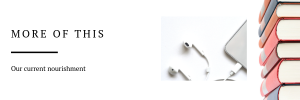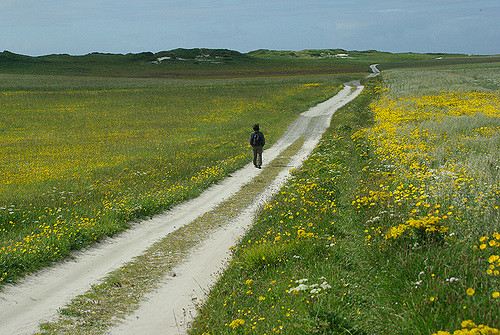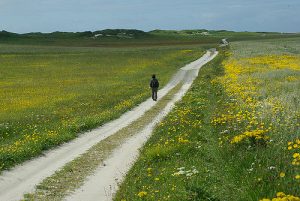
The Power of Letting Go
 In a month where spring cleaning is often the focus, what are some things we need to let go? What are the emotions, thoughts, feelings are we holding onto that aren’t serving us?
In a month where spring cleaning is often the focus, what are some things we need to let go? What are the emotions, thoughts, feelings are we holding onto that aren’t serving us?
Often emotions that are weighing us down come in the form of shame and regret – close cousins of the same family to be sure. But what are they, exactly? Simply, regret is wishing things were different than the way they are and shame is the resulting feeling of humiliation. But more than that, “Regret is a negative emotion that hinges on counterfactual thinking. Counterfactual thinking essentially means that we look back and concoct imaginary scenarios to convince ourselves things could be better” (Social Psychologist, Dr. Neal Roese / Self.com).
This shame and regret and the corresponding thinking begs the question: Would things really be better? Can we absolutely know that? If the answer is no (as it likely is), how is it serving us to hold onto that belief?
In her work Loving What Is, Author Byron Katie encourages us to ask four questions when we are confronted with regretful beliefs:
- Is it true?
- Can you absolutely know that it’s true?
- How do you react – how does it feel – when you believe that thought?
- Who would you be without that thought?
The next step in Katie’s “The Work” is to “Turn it around.” This process certainly requires some practice, but can be extremely effective in moving past these beliefs. Need an example?
Regret Statement: I shouldn’t have ended that relationship.
Is it true? Yes, it feels true. Can you absolutely know that it’s true? No.
How does it feel when you believe that thought? It keeps me stuck in a situation; it makes me feel guilty and sad.
Who would you be without that thought? Someone who could open herself to new relationships and be free of old, toxic behaviors.
Turn it around: I should have ended that relationship because now I am open to more healthy connections that allow me to be a better person.
Learn more about Byron Katie’s “The Work” and this process here.
As we move further into spring there is a natural tendency to want to shed, to throw away, to remove extraneous items (both tangible and intangible) from our lives. If regret – and the shame that results from regretful beliefs are among those things you want to get rid of – check out some of the resources below. But remember too, regret is not always a bad thing; it can help us learn and grow as humans. It is toxic when we allow it to grow and remain.
Remember: As spiritual teacher and author Eckhart Tolle said: “Sometimes letting go is an act of far greater power than hanging on.”
Resources:
https://www.psychologytoday.com/us/blog/understand-other-people/201704/letting-go-regrets
Loving What Is by Byron Katie
https://thriveworks.com/blog/how-to-forgive-yourself/

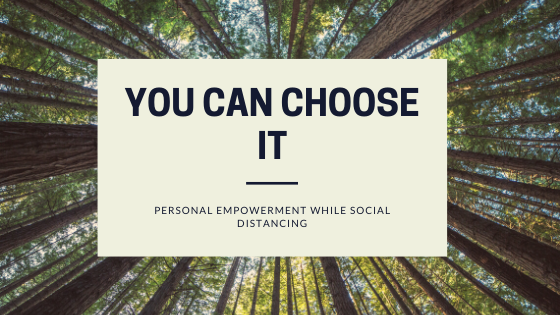


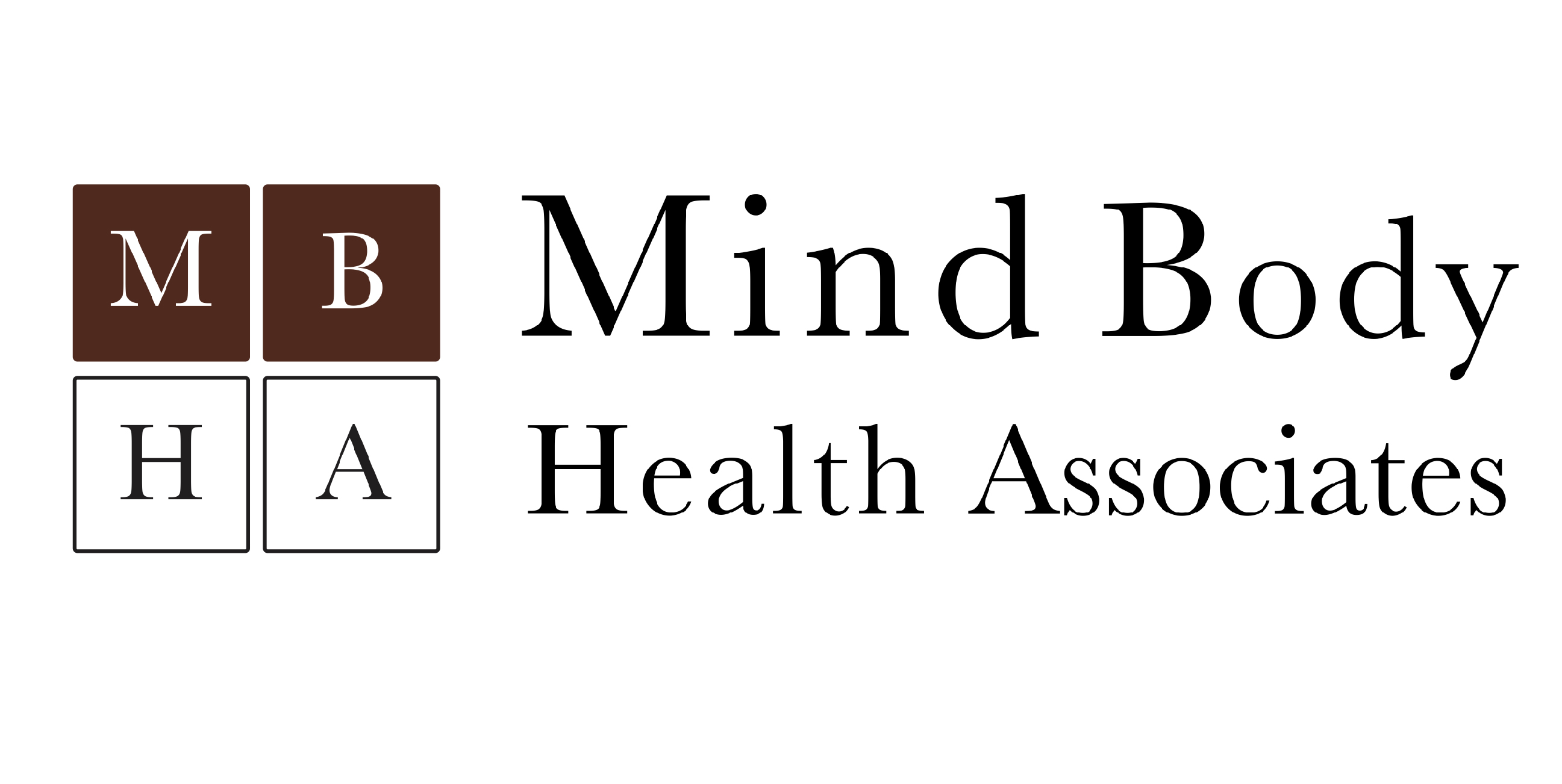
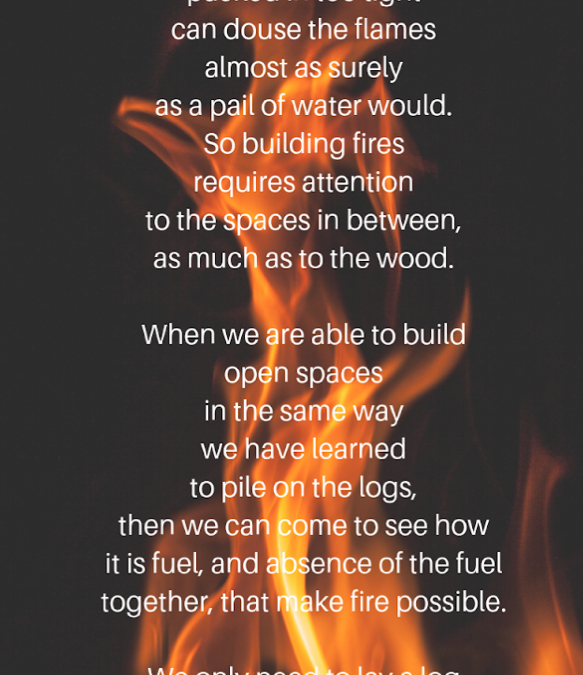
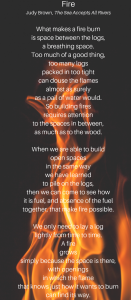

 If you caught the Netflix miniseries
If you caught the Netflix miniseries 